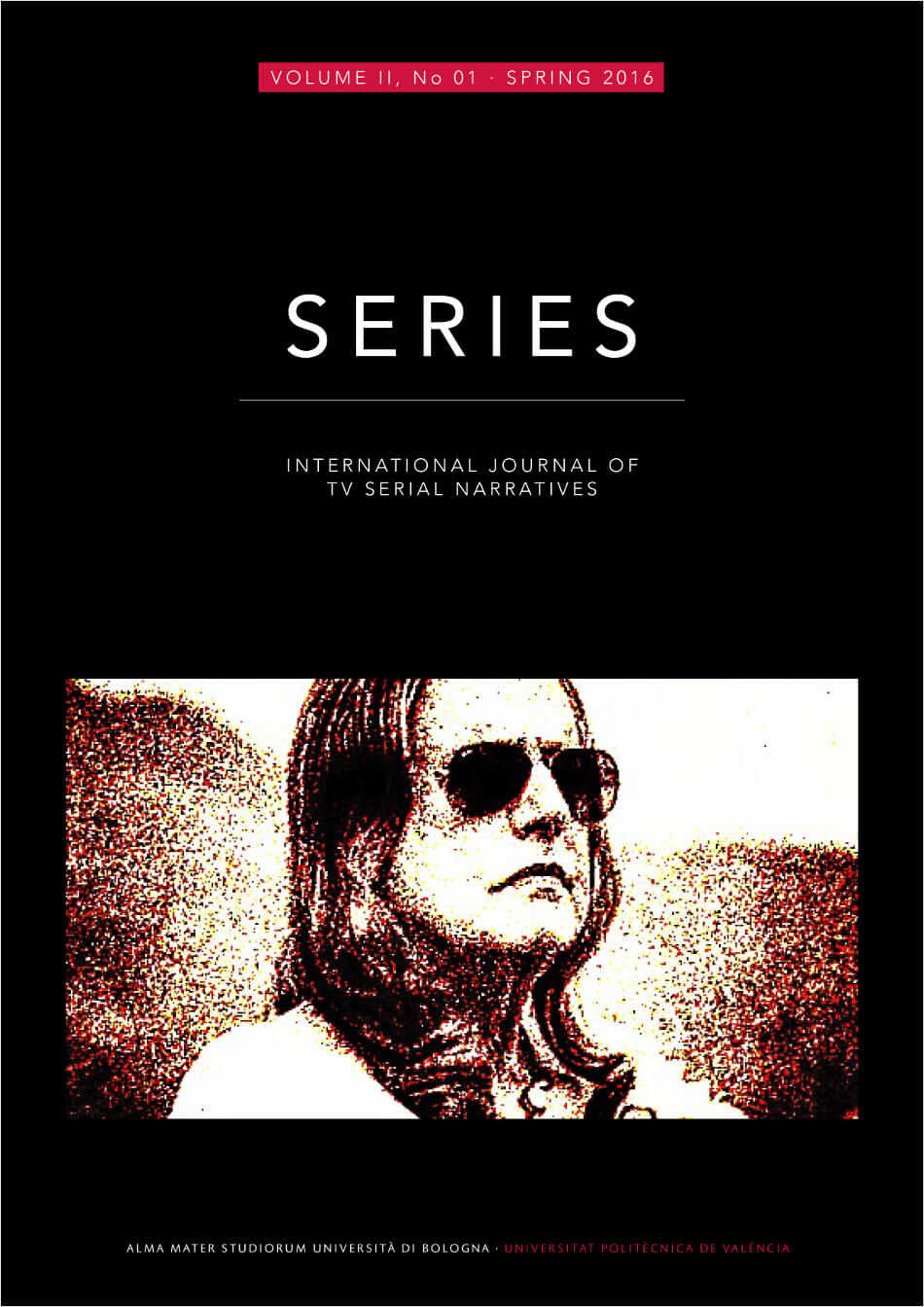Narrative ecosystems through the network analysis lens. Step one: The production of U.S. TV series, between capital and labor strategies
DOI:
https://doi.org/10.6092/issn.2421-454X/6164Keywords:
Social Network Analysis, TV Series, U.S. Television Industry, Narrative EcosystemsAbstract
This paper aims to present a first step in the investigation of the environment hosting narrative ecosystems through the tools offered by Social Network Analysis (SNA). The narrative ecosystem paradigm is a cross-disciplinary approach that considers vast narratives as the result of an ecosystemic design, where a general model is developed in advance as an evolutionary system. Consistently with this systemic view, our idea is to bring the relations among the components of the ecosystems and the environment that host them (i.e. the entertainment industry) to the fore through the implementation of SNA. In order to do so, we focused on the relational patterns characterizing a sample of 164 U.S. TV series aired between 1984 and 2013. For each one of them, we collected data on executive producers, broadcasters, production studios, actors and writers. Through the analysis of the networks we obtained by computing the data, we drew some conclusions regarding the effectiveness of the ecological and evolutionary paradigm, the non-rigid and opportunistic patterns of alliances and coalitions among competitive firms, the relevance of the strategies of capital implemented by the firms and the strategies of labor implemented by the people.Downloads
Published
2016-06-17
How to Cite
Ruffino, M., & Brembilla, P. (2016). Narrative ecosystems through the network analysis lens. Step one: The production of U.S. TV series, between capital and labor strategies. Series - International Journal of TV Serial Narratives, 2(1), 55–68. https://doi.org/10.6092/issn.2421-454X/6164
Issue
Section
Productions / Markets / Strategies
License
Copyright (c) 2016 Marco Ruffino, Paola Brembilla
Copyrights and publishing rights of all the texts on this journal belong to the respective authors without restrictions.
This journal is licensed under a Creative Commons Attribution 4.0 International License (full legal code).
See also our Open Access Policy.





